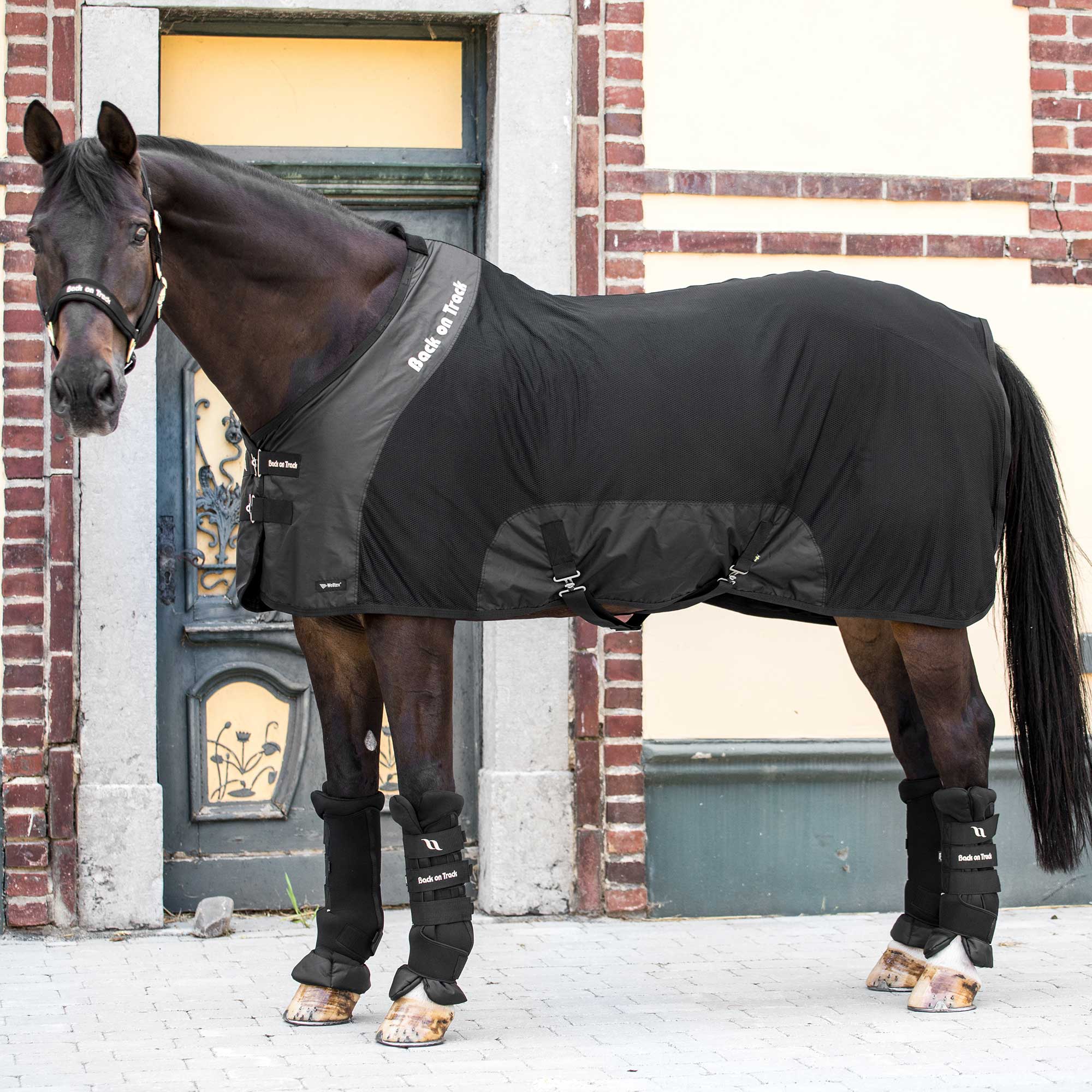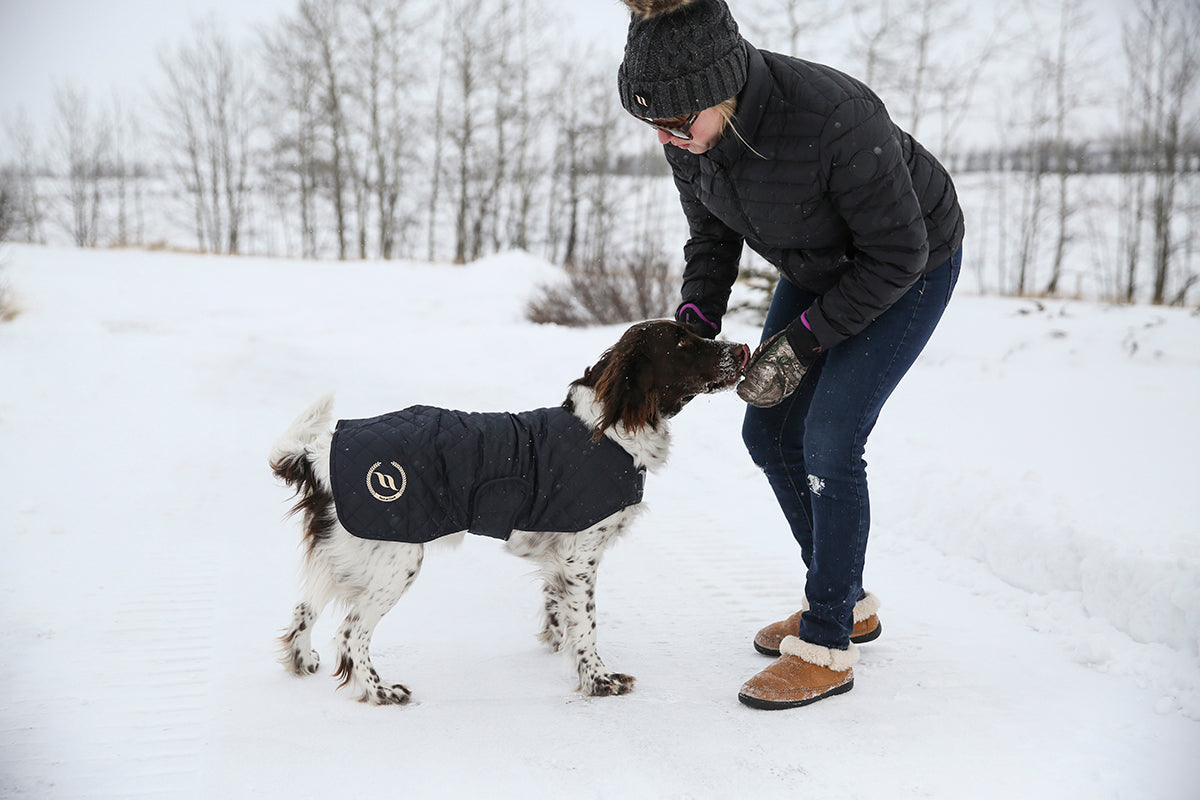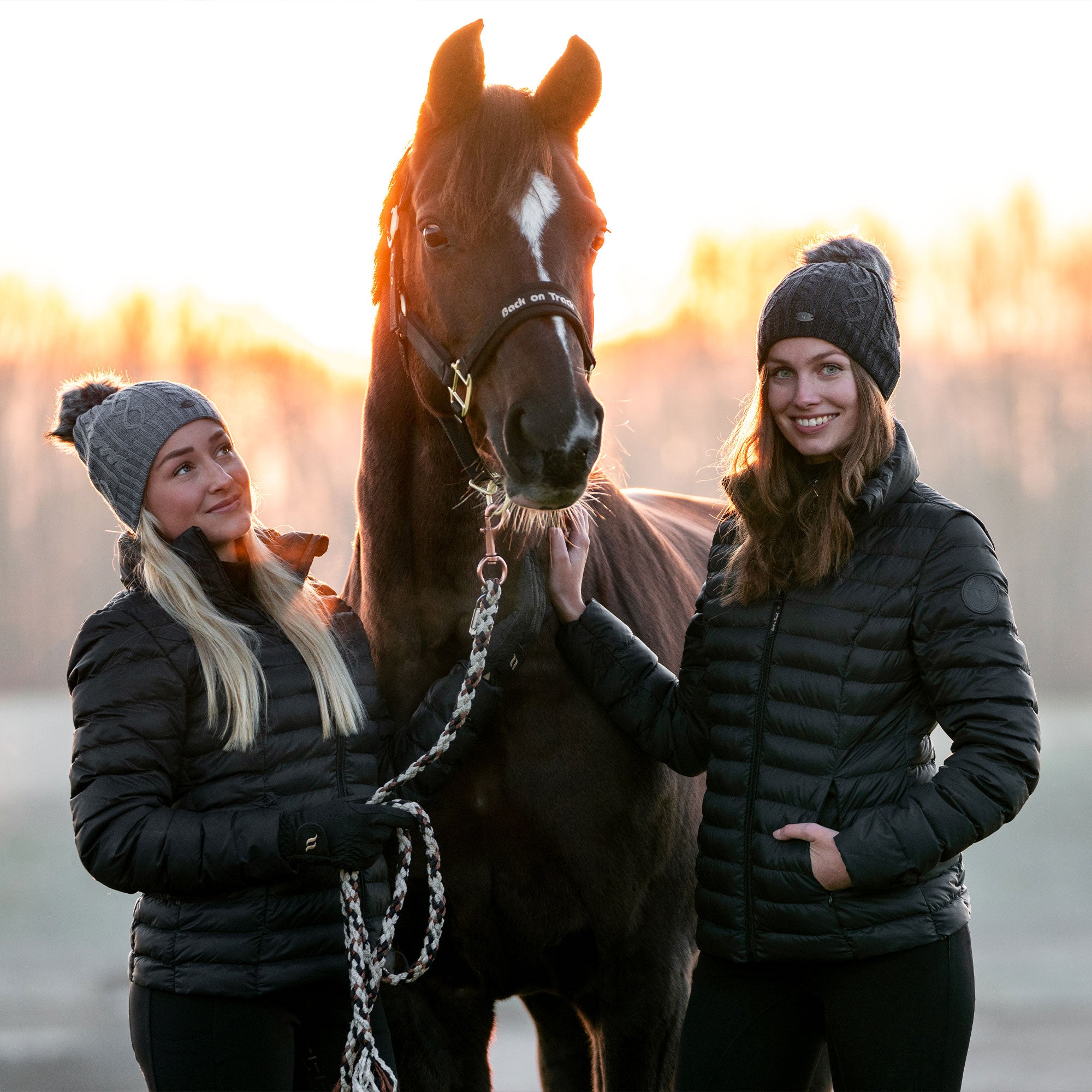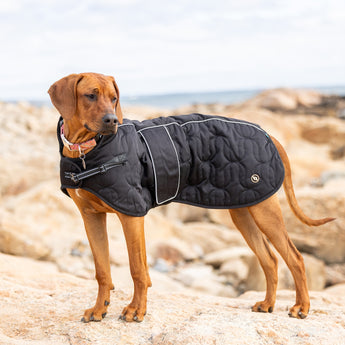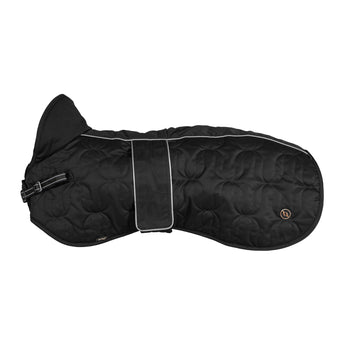When Grace Heck took her rescue dog to their first agility competition, she had no idea that her passion for the sport would inspire her to leave her corporate job and become one of the top up-and-coming dog trainers in the country just a few years later.
While her competitive drive brought her to the international agility ring, she owes most of her success to her connection with her dogs and her dedication to their care and training. But according to Grace, you don't need to be an elite-level athlete to build a stronger connection with your dog.
Agility is more than just dogs jumping over things. Every dog and owner can benefit from training that deepens their communication. Keep reading to learn more about Back on Track Sponsored Athlete Grace Heck and discover why she believes every dog should try agility.
Meet Agility Athlete Grace Heck
Grace had never heard of agility when her mother suggested she try the sport with her dog Riley. She dedicated most of her time to riding and competing with her horses but often brought Riley along to the barn.
"We would put brooms on buckets and have Riley jump over them. I didn't know about agility then. I was just having fun with my dog."
The connection with animals that initially drew Grace to riding soon developed her love for agility. "I loved the training aspect of both sports, but I quickly realized I was a more intuitive dog trainer than a horse trainer. It just came naturally with my dogs."
Grace initially started competing in agility with rescue dogs. "I picked Riley up from a local shelter. He was a slower, mixed-breed dog that wasn't built very well, but he took me all the way to Westminster."
Her second rescue dog, Casey, also didn't have the ideal agility type. Grace describes the 10-year-old Corgi mix as "long, low, and very sassy." While Grace trained her for agility, Casey prefers tagging along on car rides with Grace's husband to get snacks.
Grace eventually switched over to Border Collies, a breed that dominates agility. Her current competition dog is Finnick, a 7-year-old Border Collie. The two recently contested the World Agility Team Tryouts together.
"Finnick has all the skills. He knows the ropes. We can basically read each other's minds."
Her 5-year-old Border Collie Rue recently won the Challengers Round at the UKI Invitational. "I call her my kamikaze dog. She is one of the best dogs in the country and is just wicked fast."
Grace's future stars include a 2-year-old female Border Collie named Ember and a 1-year-old male Border Collie named Panem. Grace believes both dogs have the potential to reach the top level of the sport and admits that she had to continue The Hunger Games theme after Finnick and Rue.
About Dog Agility
Grace finds the public often has misconceptions about dog agility."Agility is so much more than people realize. It is a true sport. A lot of what we do is teaching the dog to problem solve and showing them how we want them to solve the problem in different scenarios."
During an agility competition, dogs must complete a course of obstacles as fast as possible without making a mistake. Unlike equestrians, dog handlers don't have a physical connection to their dogs.
"I have to be able to communicate with my dog without contact. When they're working 30 feet away, I need them to approach an obstacle and figure out how to solve that problem without my direction. The underlier for all that is they must want to work for me. They're far away. Nothing is stopping them from leaving."
The course changes at every competition. Event organizers post a course map in the morning, and athletes have 8 minutes to walk the course and plan their run. Athletes are then given a run order, and combinations enter the ring at their designated time. Runs last anywhere from 25 to 60 seconds.
Making a mistake can add faults to the combination's score. Dropping a bar, refusing an obstacle, and jumping off an obstacle early can result in faults, which are converted to seconds and added to the time. The combination that completes the course in the fastest time without mistakes typically wins.
Dogs compete in different divisions and classes based on their experience and height. How tall your dog is determines the height of the jumps.
Several governing bodies have different rules and levels. AKC agility events have four levels: Novice, Open, Excellent, and Master. Combinations need three qualifying scores to move up to the next level.
Agility Training and Building Connection
Grace believes mental and physical fitness are critical for agility training."A big piece of agility is the mental side of the sport. Dogs can feel your mental state, and it's a big issue. People want to just train agility skills without working on their own stress or nerves. Then they get frustrated because what they have in training doesn't come out in competition."
Part of mental performance is building confidence in your dog. Grace follows a training philosophy based on positive reinforcement that always puts her dogs first.
"Agility, in general, is very positive reinforcement based. But I truly believe dogs are trying to be right. Often, I find dogs are just trying so hard to be right that they're incredibly, incredibly wrong. I try to come from a place of empathy. The dog is doing his best for you, and either they don't understand or are not physically capable."
Instead of using negative reinforcement and causing anxiety in the dog when they make a mistake, Grace focuses on the root of the problem and sets her dog up for success. That's why fitness work and conditioning are vital to her training program.
"Agility has been looked at for a long time as just a hobby. But these dogs are athletes. Which means they need fitness programs. You can't just go out and jump them every day. You need targeted fitness as well. We do 2 to 3 days per week of fitness sessions completely separate from agility training."
The fitness benefits, confidence building, and mental enrichment of agility training can benefit every dog, even if they aren't elite athletes. However, the benefits can go even deeper. Grace also believes agility training can help owners build stronger relationships with their dogs.
"It all comes down to connection and communication with your dog. Even if you are not interested in becoming an Olympic-level dog agility competitor, it's really cool because it teaches you a whole different language and way to speak with your dog. There's so much about agility that dogs read naturally based on our body language and body cues."
Agility training can also help with basic dog training, including teaching dogs to recall.
"Now I know there's a lot I do with my dogs that's all about how I position my body because I know agility. For example, if your chest is pointed at a dog, it's a stop sign. Most people face their dog directly when they ask their dog to come to them and put their hand down. But pointing your feet away from the dog and looking over your shoulder to call to them is more effective."
Back on Track for Agility Dogs
Agility competitions involve short bursts of athletic exertion and long waiting periods between classes. Grace relies on the Back on Track Mesh Dog Coat to help her dogs prepare and recover during competitions.
"The Back on Track Mesh Coat keeps my dogs warm and loose. I put it on in the morning when they're in the car crate so their muscles don't get bound up. Then we'll do a light warm-up with the coat on, take the coat off to finish the warm-up and go in for our run. They have their coat on the entire time we're waiting for their next run."
Many canine agility athletes, including Grace's dogs, are Border Collies. This breed is susceptible to Border Collie collapse, which can lead to heat stroke without intervention. Intense exercise and hot temperatures can increase risk.
Grace prioritizes cooling her dogs down after every run to keep them safe. Her go-to tools on hot days include a portable fan, kiddie pool, and the Cool on Track Dog Coat.
"We come right out of the ring and go into the pool. That's how we cool them down. Then we put the Cool on Track on while they're in front of the fan to finish cooling them out."
The differences in her dogs after using Back on Track are noticeable.
"When my dogs are 100% on, if I watch them running or trotting, they just move with this floaty, lofty gait. They look really supple. They do it naturally when they feel great, and their muscles are super loose. I notice a huge difference in how often that happens if they have their Back on Track coat or if they don't."
Grace now recommends Back on Track for every dog owner.
"Back on Track is a great tool to have in your pocket. It's a no-brainer. The science is there. We know it works. It isn't just for elite athletes. Anytime your dog is doing something strenuous, it's great to have a Back on Track coat around the house to throw on."
What's Next for Grace?
Grace has big goals for the future and plans to continue her winning competition streak with the dogs she's dedicated her life to.
In addition to her competition career, Grace is passionate about helping other agility athletes and dog owners connect with their dogs. Her training business offers online coaching that brings high-quality instruction to students who don't have access to trainers in their region.
Learn more about Grace and her dogs on her website: Hounds of Heck
Learn More from Back on Track
Follow Back on Track on Facebook @backontrack.USA and Instagram @backontrackusa for more tips from Back on Track Ambassadors.
Sign up for the Back on Track newsletter to never miss a new Ambassador Spotlight

